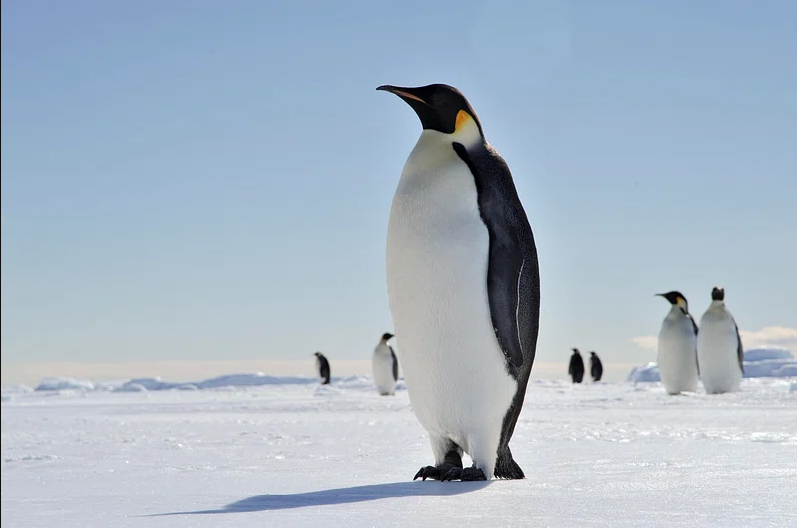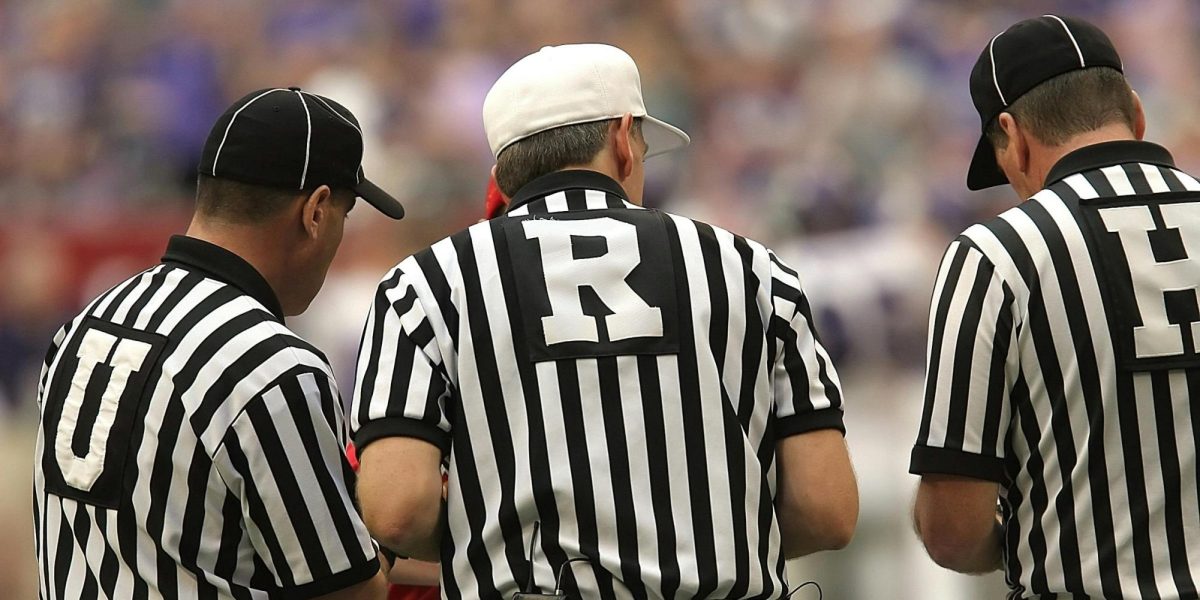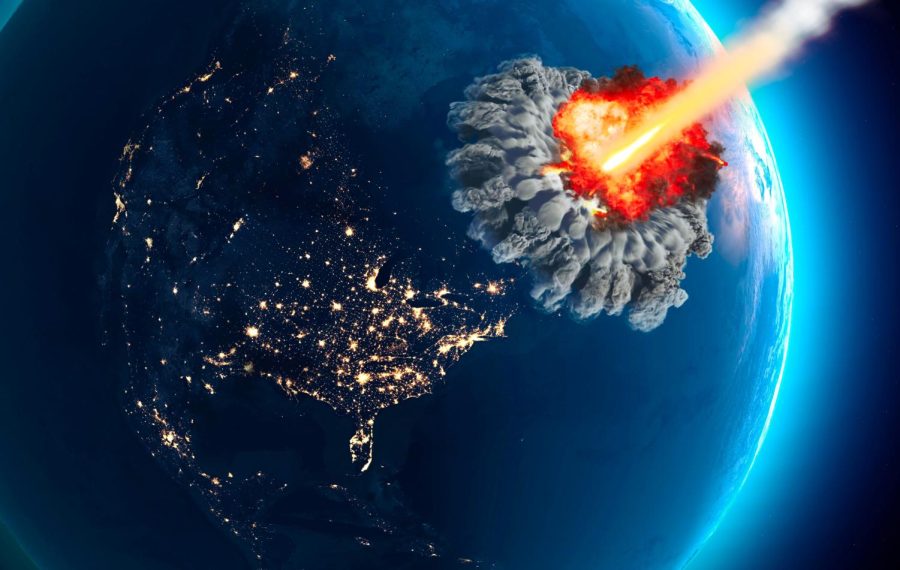Horrendous Hypotheticals Three || What if Every Planet in Our Solar System was the Size of the Earth?
The most detailed and unlikely hypothetical in the series up to date!
April 7, 2022
Meet the planets of our wondrous Solar System: Mercury, Venus, Earth, Mars, Jupiter, Saturn, Uranus, and Neptune. The inner planets, those being the first four listed, are the smaller planets, but the outer planets, the other four, are all enormous. Every one of these planets has its own unique place in the Solar System. Games of gravity play out over this vast cosmic playground. Different planets pull on each other, weaving delicate threads that hold the whole Solar System in a fragile balance so as not to fall apart. The rules of this game are simple: the bigger you are, the more you pull. But now, let’s imagine for a moment that all of the planets were the exact same size as our Earth. What would happen? Would we survive? The answer is as horrendous as it is hypothetical.
As is customary, the first answers heard will be the predictions of Gibbons’ students themselves. An anonymous replier says, “The gravitational force would be messed up causing all the planets to end up in other solar systems, really depending on which planet’s size they’ll all take. If the Earth specifically shrunk/grew, humans would end up being wiped out due to the fact that it has changed positions into another solar system which causes it to lack all the requirements of living.” An interesting theory indeed. Next up is Anvi of the Gibbons Gazette saying, “The gravity on earth would be affected somehow; maybe we would all float a bit.”
Nathan Zepf says, “I think that the inner planets would get hit by many more asteroids than they already do get hit by. The outer planets would probably get closer to the sun and get hit a little less by asteroids.” A few people think that the orbit of all the planets would be greatly disturbed by this abrupt change. Now that we have some of our peers’ opinions on this, we can finally move on to our “answer.”
Remember the delicate game described above? That is the game of gravity. Many people simply know gravity as the force that pulls us down towards the surface of the Earth. However, gravity is so much more impactful, and important than that. Gravity is traditionally known as pulling us down; this is inaccurate. Gravity more accurately pulls towards the center of an object. This causes the phenomena known as orbit. Orbit is caused when bodies of matter in space get pulled in by the gravitational pull of another, larger body of matter. An example of this is the planets orbiting the sun, and the moon orbiting the Earth.
So, let’s get to our hypothetical: what if every planet was the same size as ours? If this were to happen, I won’t lie, the difference stemming from most planets would be completely unnoticeable. In fact, Earth would not even be all too affected if Venus, Mercury, Mars, Neptune, Saturn and Uranus just magically disappeared at any moment. It would just be a few less stars in our skyThe only real important planet is Jupiter. Jupiter is the only reason that at this very moment our Earth isn’ t just a flaming ball of magma and craters. The solar system gets showered in asteroids every second it exists. But the outer planets, Jupiter, Saturn, Uranus, and Neptune are guardians, stopping said asteroids from hitting us. The thing that makes the outer planets so good at absorbing the asteroids and defending the inner planets is the sheer size of the outer planets. Imagine you throw a tennis ball at a small child, hard enough to knock them out. However, suddenly, some much larger man takes the ball straight to the chest, the ball bounces off, no harm done. That ball would’ve knocked the kid straight out, but the man barely noticed it. Now imagine that that hulk of a man is actually one of the outer planets, and that kid is one of the inner planets, say, Earth. Now, according to our hypothetical where every planet is the same size, there are suddenly two little kids. This time, when you throw the tennis ball, it sails over the man and hits our Earth straight in the face. A scenario like this would lead to death of many, if not all people on earth, not to mention the destruction of a few planets. Those are the effects that would sustain from the shrinking of our outer planets in general, but what about the workings of each individual planet? First off, Jupiter would lose all of its moons after decreasing by a sizable 1,300 times size. These moons would drift around the solar system for a while between Jupiter and Saturn as A: Jupiter is what protects the earth, as mentioned before, and B: Saturn has that ring around it made out of ice, and asteroids. The only thing that is keeping the ring together is the gravitational pull of Saturn. The gravitational pull of Saturn is strong enough to keep the rings in orbit though, because of the size of Saturn, and in this hypothetical, Saturn has decreased in size by a monumental amount. So without a doubt, there is a high chance of the ring’s remnants spiraling to earth, showering us with hundreds of thousands of asteroids.
Moving on to the planets with less of an effect- we have Neptune and Uranus. They both serve a common purpose along with Jupiter; guiding loose asteroids and comets away from our solar system. The asteroids they lead away are mostly from the Kuiper Belt(the asteroid belt farther from the sun than Neptune is) so even if Neptune and Uranus aren’t able to guide the asteroids away, it would be a long while till they would hit earth, though when they do hit earth, they will eventually cause extreme of damage. Mercury also would be the reason for a crap ton of damage to earth, if it were to be the size of earth. This would be because mercury is really small, and close to the sun, meaning if it were to grow bigger, a portion of the planet would actually touch the sun’s surface. Since the sun is a whopping 10 thousand degrees Fahrenheit, and I really can’t find the words to put it lightly, we would be royally screwed because of this. Let me explain. A solar flare is a brief eruption of intense high-energy radiation from the sun’s surface, associated with sunspots and causing electromagnetic disturbances on the earth, as with radio frequency communications and power line transmissions. These can be triggered by large objects (like a large portion of a planet) making sudden contact with the sun’s surface. Now a solar flare can actually reach earth, and if it does, then there is absolutely no hope for humanity or planet survival. Now we are in the planets that would have little to no effect if this hypothetical situation were to occur. Starting with Mars- there would only be two semi-major effects from this slight enlargement. The effect on the negative side of the spectrum is, one of two moons of Mars (Phobos) would crash into Mars sooner than it currently is on the way to, leaving a large crater. Though this process would take around 3,450 years. And the other moon, Deimos, will stay the same, even though with Mars´ current size, it’s drifting away (the increased size of Mars would make the gravitational pull bigger, meaning Deimos is less likely to drift away).
Now with a more positive effect. The distance between Earth and Mars will decrease, making it easier to deploy more rovers and control/find location of current ones (such as the Mars rover, Curiosity). Ok so now for the least exciting one of all, Venus. Venus is quite literally 500km smaller than earth. To put that into perspective, the distance between the top of Maine and the border of Vermont is 500 Km. There would be no difference.
We have acquired all of this information now, and it is time to make a rough estimate of surviving humans on earth. After 6.7 years (that is, if there would be no solar flares) humanity will perish. We know this, as the average asteroid is 10km wide. And one that can destroy humanity altogether has to be at least 60km wide. So I took the current population of earth, and divided it by 6, making the number of deaths 1,322,803,995 after a single year. But this isn’t where it ends. The consideration of child births yearly has to also be taken into account. By subtracting the estimated number of childbirths per year to the number above, you get 1,182,803,995. Now dividing this from the current human population, gives you 6.7. though if a solar flare happens to occur at any point in time, then earth will become lava land again and humanity, as well as all living things will surely become extinct.
Now this wraps up the hypothetical, so stay tuned for our next horrendous hypothetical, for it might just be more gruesome than the last.
























